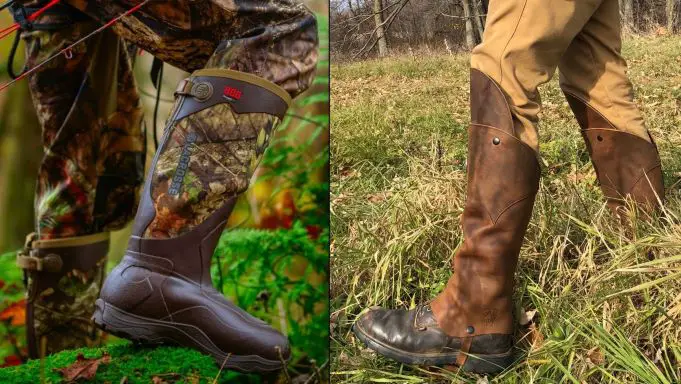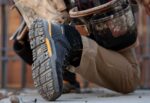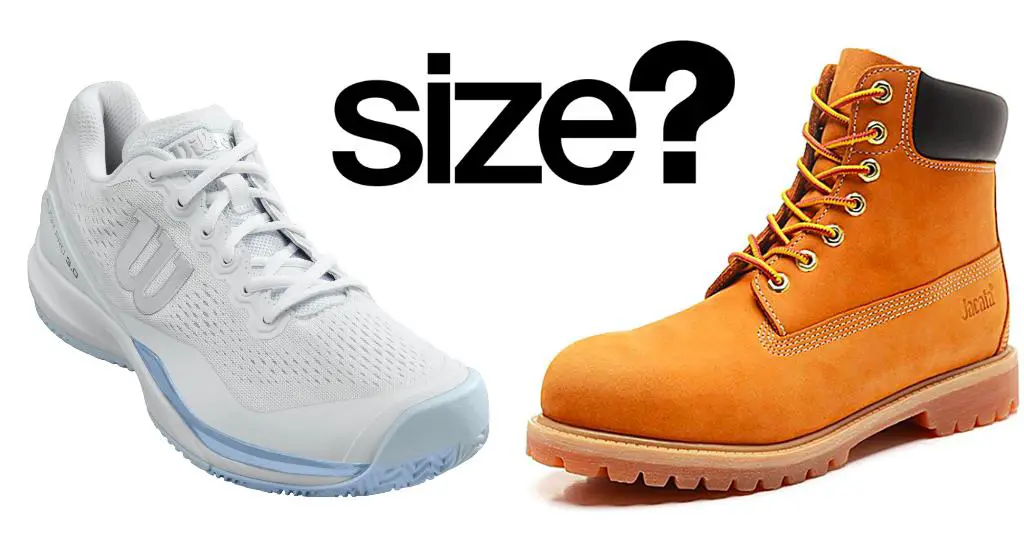You might be a pro at hunting, but you will lose the game with the wrong hunting boots!
Wondering Why?
Suppose you are wearing a boot that has no traction on slippery grounds, or your boots are not waterproof, you will have to return home empty handed because neither can you stay in your soggy and wet boots for the entire day, nor can you walk if you keep slipping on wet slippery paths and mud.
Or even you cannot survive the cold without a proper insulated boot and cannot keep your feet dry without your boots being breathable. And the most dangerous of all while hunting, are your boots snake proof???

Did I scare you too much?
If so, I am going to take away all your worries through this article because this guide will help you choose the best hunting boots by making a comprehensive study of rubber vs leather hunting boots and letting you know which is the best companion for your hunting!
Leather boots will give you comfort, flexibility, insulation, breathability, traction, waterproofing, lightweight, calf length, etc. On the other hand, rubber boots will give you the best waterproofing and traction, but no breathability and comfort.
Let’s now learn in detail about both rubber and leather hunting boots by comparing their key features…
Comparison Table For Leather vs Rubber Hunting Boots
| Key Features | Rubber Hunting Boots | Leather Hunting Boots |
| Texture | Hard and tough | Softer |
| Flexibility | Less | More |
| Breathability | Not at all | Breathable as they have pores |
| Waterproof | Absolutely | Leather itself is not waterproof but they come with waterproof coatings |
| Comfort | Less comfortable | More comfortable |
| Snake Proof | Yes | Not always |
| Maintenance | Low maintenance | High maintenance |
| Insulation | Less | More |
| Sweat control | Not at all | Yes |
| Odor control | No | Yes |
| Fit | Does not take the shape of feet | Takes the shape of the feet once broken in |
| Weight | More | Less |
| Height | Always above 10″ | Available in various heights |
| Durability | More | Less but depends on use and maintenance |
| Ankle support | Yes | Yes |
| Looks | Not so classy | Very stylish and classy |
| Shine and lustre | Less | More |
| Outsoles | Rubber outsoles are anti-slip, abrasion and puncture resistant | Leather outsoles are not anti-slip |
Comparison of the Key Features of Rubber and Leather Hunting Boots:
About the material of hunting boots:
The two hunting boot materials in hand are rubber and leather. Comparing the two of them, rubber is mostly suited for coping with water and mud, while leather is for comfort, breathability and flexibility.
1.) Comfort:
Talking of comfort, rubber is rigid and non-permeable to air and water and therefore, rubber hunting boots will be less comfortable for wearing all day.
On the other hand, leather is very flexible, softer than rubber and allows air circulation and therefore, leather is much more comfortable when it comes to daily use.
2.) Breathability:
Rubber is not at all permeable to air. It does not have any open pores in it and does not allow any air flow inside the boots. Leather on the other hand, is permeable to air as it has pores just like our skin and allows air to flow inside the boots, thus keeping our feet sweat free and all day dry.
3.) Anti-Slip Outsole:
If your hunting boots have rubber outsoles, know that your grip even in the most wet and slippery grounds is well secured. But leather outsoles are not anti-slip in nature and if on slippery grounds, you are sure to slip off.
4.) Waterproof:
When it comes to stopping water from going inside the boots, none can beat the waterproofing ability of rubber. Leather boots on the other hand will resist water to some extent for a short period of time.
But nowadays, even leather boots come with waterproofing coatings. Still, when you know that you are going to step or stand in water, choose none other than rubber hunting boots.
5.) Maintenance:
Rubber is always a lower maintenance material than leather because leather will tend to fade, dry out, develop creases and utmost care of leather is necessary to maintain its texture and shine.
6.) Texture:
Rubber is harder than leather and also thicker and more rigid.
7.) Flexibility:
As rubber is a rigid material, you cannot expect rubber boots to bend and flex according to your feet movements while you walk. But leather is flexible enough to allow your feet to bend and flex accordingly.
8.) Durability:
Rubber is much more durable when compared to leather. But rubber, if once cracked, will fall apart and will be of no use. Leather boots on the contrary are easy to repair and will not break like rubber.
9.) Shine and Looks:
When it comes to lustre and looks, leather is always the best choice because none can compare to the shine and lustrous nature of leather and its classy look.
10.) Insulation:
Rubber boots will provide warmth in cold weather to some extent, but leather boots come with the best insulated materials and are therefore way better to beat the cold.
11.) Sweat Control:
As I have mentioned before, rubber boots do not allow air circulation within the boots and therefore there is no scope for your feet to breathe in rubber boots.
Leather boots have pores in them that will allow air flow inside the boots and the sweat can evaporate this, keeping your feet dry for the day.
12.) Odor:
Sweaty feet will definitely produce odor and therefore, leather wins the game in this case by controlling sweat and odor.
13.) Ankle Support:
Rubber is rigid and less cushiony and there is less scope of ankle support in this case. Leather boots on the contrary are great for ankle support and best for hunting purposes, hiking, trekking, etc.
14.) Fit:
Leather molds to the shape of the feet in time and breaks in which is not the case with rubber boots.
15.) Height:
While most rubber boots are high calf boots, not less than 14 inches, leather boots can be found in various heights according to your preference, from ankle high to knee length.
16.) Snake Proof:
When it comes to choosing hunting boots, being snake proof is utmost essential. You never know what is hidden inside the bushes and the long grasses or in the water.
While rubber is definitely snake proof in the sense that it’s hard and thick, leather is generally not snake proof, but nowadays even some leather boots come with snake proof features.
What to look for in Hunting Boots?
Although it depends on your personal preferences and comfort zone, yet the following features are crucial in a good hunting boot:
1.) If you live in cold weather, insulation is a must for your feet to save you from the cold
2.) Being waterproof is one of the main features of a good hunting boot
3.) Being on foot all day for hunting is not easy. Therefore, comfort is the first thing you should look for
4.) The boots need to be flexible in case you need to traverse uneven path and run when needed
5.) Lightweight boots are best for hunting
6.) Look for outsoles that are slip-resistant, oil and electricity resistant too
7.) Boots that are EH rated are a great deal for hunting
8.) The boost should have a breathable lining in order to control sweat and odor
And It’s a Wrap!
After making this comprehensive guide, I find that both rubber and leather work good as hunting boots, only leather winning some extra points for being more flexible, comfortable, breathable and lightweight.
Now, it entirely depends on your personal choice which features do you require the most for you and your surrounding climate for hunting.
Hope this guide helps you find your best match for your feet while hunting!!!







